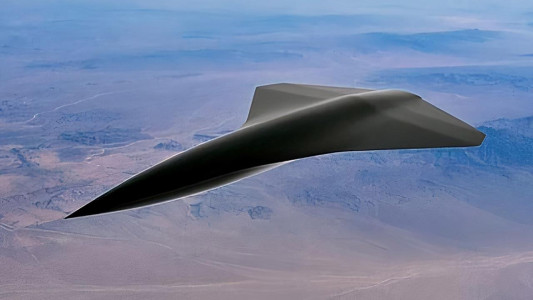
WHY THIS MATTERS IN BRIEF
Today’s drones are slow and kind of dumb, tomorrow’s are fast and smart – and they’re going to get faster and smarter …
 Love the Exponential Future? Join our XPotential Community, future proof yourself with courses from XPotential University, connect, watch a keynote, or browse my blog.
Love the Exponential Future? Join our XPotential Community, future proof yourself with courses from XPotential University, connect, watch a keynote, or browse my blog.
Drones are getting bigger, they’re also getting more autonomous, can travel greater distances and carry more weight than ever before, and needless to say they’re getting faster with the ultimate drone aircraft perhaps being the new SR-72 – a fully autonomous “unmanned” hypersonic drone aircraft from Lockheed Martin that’s designed to replace the famous SR-71 Blackbrid.
In the commercial world though Kelley Aerospace of Singapore says it’s already received 100 pre-orders for its new supersonic unmanned combat aerial vehicle. The world’s first supersonic drone will sell for some super prices – between $9 and $16 million a pop, and it looks way cool.
It owes its styling to its carbon fiber monocoque, its single shell design. It’s apparently lightweight enough to fly more than 4,800 km with a maximum take-off weight of 16,800 kg. I report on lots of different types of military drones, but nothing else other than the SR-72 comes close to this in terms of speed. Mach 2.1 is more than twice the speed of sound; close to 2,600 km per hour.
Kelley Aerospace calls the Arrow a “force multiplier.” Multiple Arrows might be controlled by a piloted combat aircraft, like the F-35 which will soon be able to control swarms of drones in combat, allowing them to perform a variety of different missions on a battlefield. They can also be controlled remotely from ground stations.
The company says the Arrow can be deployed for intelligence, surveillance, target acquisition, and reconnaissance tasks.
“UAVs are known for their persistence, loitering, but are never known for their speed. So with the Arrow supersonic UAV, you will overcome the issues of speed and reach.” Kelley Aerospace chief executive Ian Lim says in a statement.


















